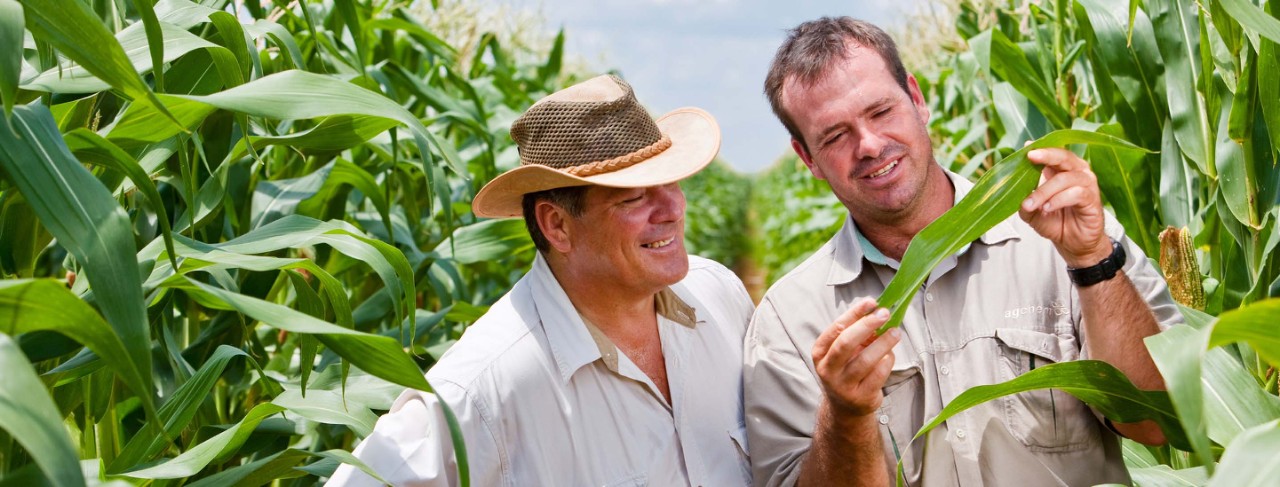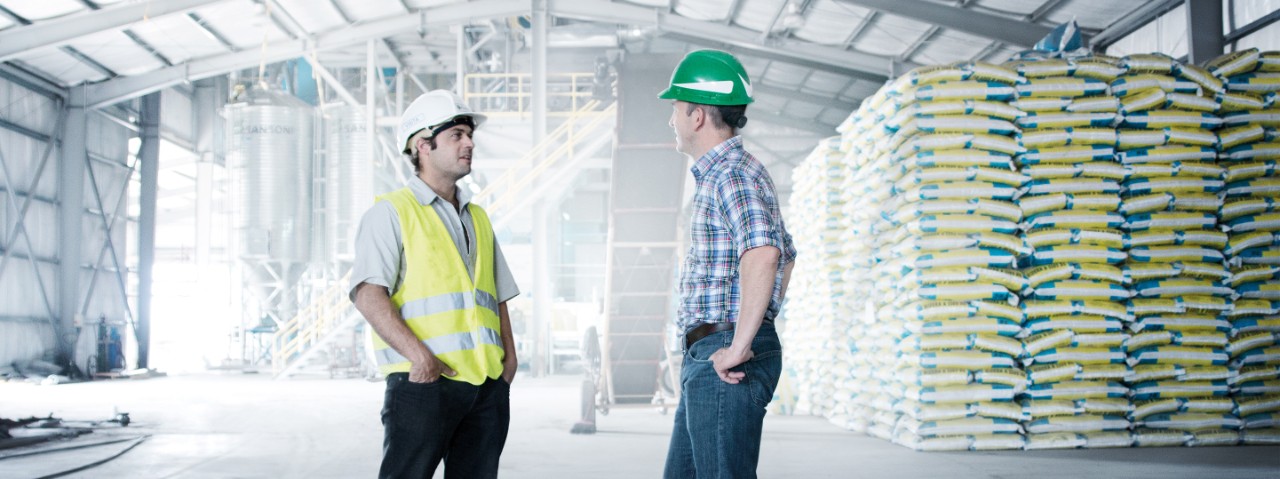
The operators’ feedback on improved seed treatment quality through BayStep has been consistently positive. That’s why we decided to make this technology license-free to encourage wide adoption in the spirit of excellence in product stewardship.
With the goal of optimum yields in mind, SeedGrowth provides seed companies – and ultimately farmers – with high-quality products, solutions, and services. One innovative solution is BaySTEP, a tool that determines the perfect end point of the seed treatment process in batch treaters. It has been used by various countries for some years now, so we felt this was a good occasion to talk to Frank Laubert, Head of Global SeedGrowth Centers, to learn more about recent developments and experiences.
Frank, first of all, could you briefly explain what BaySTEP is and how it works?
“BaySTEP is a relatively new technology developed by SeedGrowth experts. “STEP” stands for “Seed Treatment End Point.” It helps operators of seed treatment machines determine the exact end point of the seed treatment process. Designed as an add-on to batch treaters, it uses structure-borne noise measurement to monitor and visualize the treatment process and to ascertain the perfect time to discharge the seeds. This acoustic measurement method recognizes how far along the seed treatment product’s drying process within one seed treatment batch´s cycle is on the seed – thus making the entire process more transparent. Concomitantly this helps to understand why BaySTEP only works for batch and not for continuous treaters.”
What are the benefits of BaySTEP?
Frank Laubert: “Take corn seeds, for example. A batch cycle often takes less than 25 seconds, and that includes seed intake, liquid dosing, mixing and discharge. It is extremely difficult and takes a lot of experience on the part of the machine operator to find the optimal end point. BaySTEP professionalizes this process and makes it more reliable. Its main benefit is higher treatment quality due to lower seed treatment product abrasion. This results in the perfect amount of seed dressing remaining on the seeds.
Dust generation and emission are also minimized. This increases operator safety and decreases the potential impact on the environment. That’s why BaySTEP was developed as part of our Zero Dust project, wherein we are constantly working on minimizing the generation and emission of dust in seed treatment. As one of our stewardship commitments, our researchers examine the entire process, from the treatment period to the makeup of the active substances and additives in the treatment layer to the planting of the seeds in the field. As a result, we achieve better quality of the treated seeds and improved safety for operators and the environment.
Additionally, BaySTEP collects, visualizes, and records various process data. This provides operators with insights into how their treatment process works under different conditions such as varying temperatures or humidity and enables them to obtain the same high quality no matter what. It also allows them to make future treatment cycles much more predictable and successful.
Bayer customers have been able to deploy BaySTEP for some time now. What is their feedback?
Frank Laubert: “Right now, around 16 BaySTEP devices are in use across Germany, Hungary, Austria, South Africa, and the UK. We have been receiving enthusiastic reports from users. So far, they’ve been using it to treat corn seed. For other crops such as wheat and soy where we were confident it will be effective, further trials have to be carried out to fine-tune the process accordingly. Many operators particularly value the increased seed treatment quality and better process stability. In fact, some are so convinced of BaySTEP that they recommended the solution to their colleagues. This has surely increased interest in and demand for BaySTEP.”
What are the new developments since BaySTEP’s market launch in 2017?
Frank Laubert: “One really important step was our decision to make the BaySTEP technology license-free. This means that every manufacturer of seed treaters can incorporate the BaySTEP technology into their machines without any license payment to Bayer. Manufacturers of seed treaters can access BaySTEP’s blueprint and make this technology available to their customers either by building it into new treaters or providing it as a retrofit solution to selected existing treaters. In addition, because we are so convinced of the benefits of this technology, we have invested even further in 2020, to upgrade the device software and make it fit for other manufacturers´ solutions. Following this strategic decision, we hope to accelerate the implementation of BaySTEP on a larger scale from 2021 onwards.”
Why did SeedGrowth decide to do this?
Frank Laubert: “Our main stewardship goal is to improve the overall seed treatment quality and reduce dust emissions. That was the reason we wanted to make our invention widely available to equipment manufacturers. License-free access will encourage manufacturers to use BaySTEP on their machines, ideally as a standard feature. With this measure, we want to encourage a wider adoption of BaySTEP to improve seed treatment quality around the globe.”

